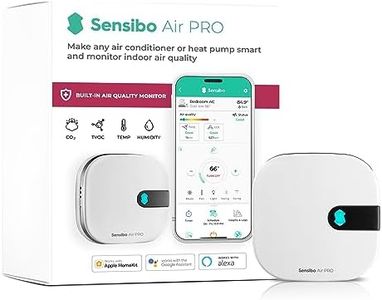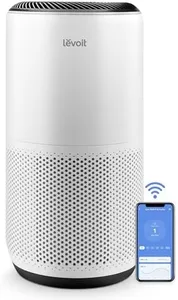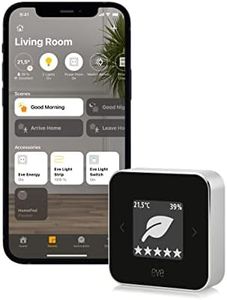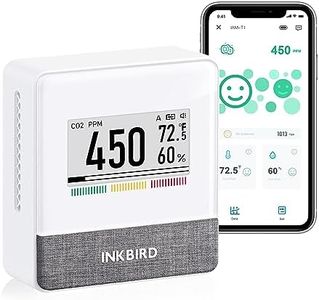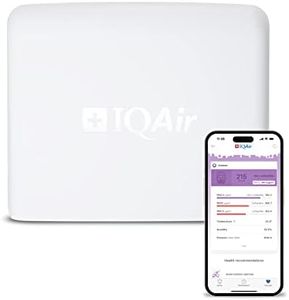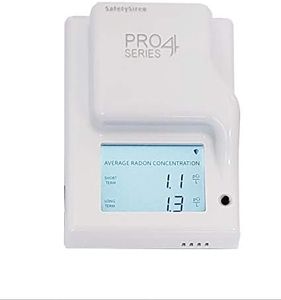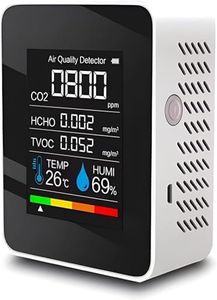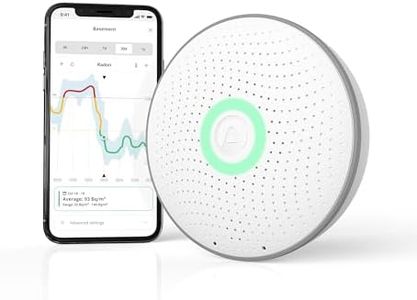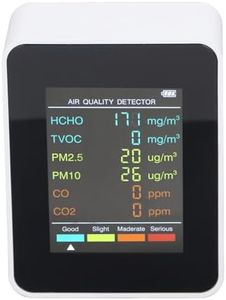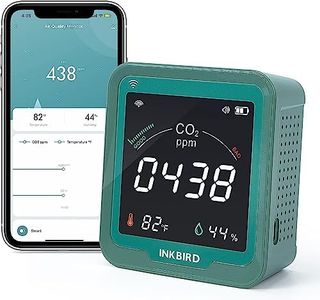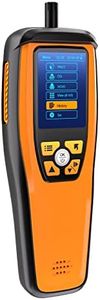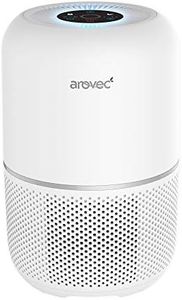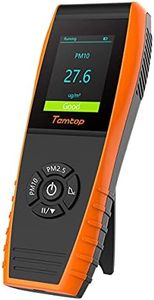We Use CookiesWe use cookies to enhance the security, performance,
functionality and for analytical and promotional activities. By continuing to browse this site you
are agreeing to our privacy policy
10 Best Air Quality Detectors
From leading brands and best sellers available on the web.Buying Guide for the Best Air Quality Detectors
Choosing the right air quality detector is all about figuring out what you want to measure in your environment, where you plan to use the device, and how you'll use the information it provides. Air quality detectors come in various forms, from simple models aimed at home use to more advanced versions intended for professional monitoring. Before you buy, consider what air pollutants you care about, how easy the device is to use and read, and whether you prefer portable models or stationary monitors. Identifying your main goals—such as monitoring allergies, tracking indoor pollution after renovations, or checking the air in your car—will make it much easier to narrow down your choice.Pollutant Detection RangePollutant detection range tells you which kinds of air contaminants the detector can sense, such as particulate matter (PM2.5, PM10), volatile organic compounds (VOCs), carbon dioxide (CO2), or carbon monoxide (CO). This is important because different environments have different risks; for example, VOCs are common after painting or new furniture installation, while CO is a serious safety hazard from gas appliances. Entry-level detectors often cover only a few basics like PM and CO2, mid-level models might add VOCs and humidity, while advanced types can monitor a broader set of gases. Think about what's most relevant for your space—if you live in a city or have allergies, focus on particulate matter; if you’re concerned about gas leaks, look for CO sensors—so the detector fits your specific worry.
Measurement AccuracyMeasurement accuracy reflects how close the readings from the detector are to the true values of pollutants in the air. Higher accuracy is important if you need precise data for health issues or workplace safety, while for general awareness, a less precise device might be enough. Accuracy is often rated by a percentage or range; basic models may have more general (less precise) readings, mid-range detectors usually balance cost and reliability, and professional devices prioritize accuracy for compliance or research. Choose the level of accuracy based on how critical the readings are for your health or activities; sensitive users or households with infants may want more precise detectors.
Display and ReadoutDisplay and readout describe how the air quality information is shown to you, whether through numbers, lights, color coding, or digital screens. A clear, easy-to-understand display makes it simple to take action based on the readings. Simple detectors may only have colored lights or alarms; mid-range ones usually offer digital numbers or charts; high-end models might connect to apps for detailed tracking. Consider if you want a glanceable alert system or if you prefer in-depth data for tracking trends or sharing with others—your comfort with technology and your habits can guide you here.
PortabilityPortability refers to whether the air quality detector is designed to stay in one place or if you can easily move it from room to room or take it outside. Portable detectors are lighter and battery-powered, making them good for people who want to monitor several spaces or travel with their device. Fixed monitors, which are plugged in and stay in one spot, tend to be bigger and may have more advanced sensors. Consider your needs: choose a portable detector for flexibility or a stationary one if you're focused on a single area like a bedroom or office.
Data Logging and ConnectivityData logging and connectivity describe whether the detector can record air quality readings over time and if it can connect to your smartphone, home network, or computer. This is important if you want to track changes, spot trends, or share results. Basic detectors may not store any data, mid-tier ones might hold a few days’ worth or let you manually download records, and premium devices often sync to apps and cloud services. Pick something with data logging and connectivity if you're interested in long-term monitoring or integrating air quality with your smart home.
